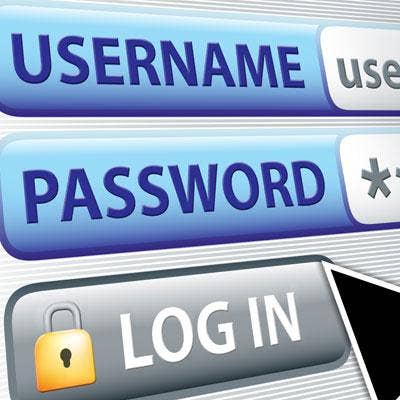Unveiling the Shadows: How Cybercriminals Steal Your Passwords
January 15, 2025 Fred Smith
There are three key steps you can take to protect your passwords and your digital information.
A Digital Nightmare: Lisa’s Unwanted Exposure
Lisa, a graphic designer with a knack for creativity, lived much of her life online. She managed her banking, shopping, and social interactions through various apps and websites. One day, she noticed some strange withdrawals from her bank account — items she’d never bought from stores she’d never visited. Her social media accounts then began posting spam messages promoting odd products and services, and friends reported receiving unusual emails from her.
Panic set in as Lisa realized she had lost control over her digital identity. Her personal photos were leaked, and private conversations were exposed. Clients began to question her reliability, and her reputation took a hit. After consulting with cybersecurity experts, Lisa discovered that her passwords had been compromised. Cybercriminals had gained access to her most sensitive accounts, unraveling her digital world piece by piece. The question lingered: How did this happen?
The Underhanded Tactics of Cybercriminals: Five Common Methods
Cyber threat actors employ a variety of techniques to harvest passwords. Here are five common ways they could obtain yours like they did Lisa’s:
1. Social Engineering Attacks
Social Engineering is where attackers masquerade as someone or something you know or trust, and they trick you into doing something you should not do. They send emails or messages that appear legitimate, often creating a strong sense of urgency, fear, or curiosity.
How It Happened: Lisa received an email that looked like it was from her bank, complete with official logos and branding. The email claimed there was suspicious activity on her account and urged her to click a link to verify her identity. The link led to a fake website that captured her login credentials when she entered them.
2. Malware
Malware is malicious software designed to infect computers. Once infected, cybercriminals can do whatever they want. Keyloggers (sometimes called information stealers) are a type of malware that record every keystroke made on a device, including your login, passwords, and other sensitive data.
How It Happened: Lisa downloaded what she thought was a legitimate font package for her design work. Hidden within was a keylogger that installed itself on her computer. Over time, it recorded her login details for various accounts and sent them back to the attacker.
3. Brute Force Attacks
In brute force attacks, cybercriminals use automated tools to try numerous password combinations until they guess the correct one. Weak passwords are especially vulnerable to this method.
How It Happened: Lisa used simple passwords like "lisa2020" for many of her accounts. Attackers used software that systematically tried common passwords and easily cracked her accounts.
4. Data Breaches
When a website or service gets hacked, it can affect everyone’s accounts that may be stored on the server. If someone uses the same password for multiple accounts, when that password is compromised for one account, then that password can be used to access the victim’s other accounts as well.
How It Happened: A popular social media platform Lisa used experienced a data breach. Since she used the same password elsewhere, attackers accessed her other accounts using the leaked credentials.
5. Purchased Credentials
Cybercriminals can simply buy your passwords on the internet, often on the dark web. Certain cybercriminals specialize in stealing victims’ passwords, using any of the methods we discussed so far. They then store and sell the stolen passwords to other cybercriminals.
How It Happened: A cybercriminal decided they wanted to make as much money as possible over the weekend, so they went to the dark web and purchased over 100,000 compromised accounts with their full passwords. One of Lisa’s accounts was on that list.
Three Key Steps You Can Take
Fortunately, by taking three simple steps, you can go a long way to protecting your accounts and online, digital life.
- Use a long, unique password for each of your accounts. We recommend passphrases, which are long passwords made up of multiple words.
- Use a password manager to securely store and manage all those passwords for you.
- Enable multifactor authentication (MFA) whenever possible for your most important online accounts.
Used with permission: Unveiling the Shadows: How Cyber Criminals Steal Your Passwords
The Monthly Security Awareness Newsletter for You OUCH! December 2024 © SANS Institute 2024